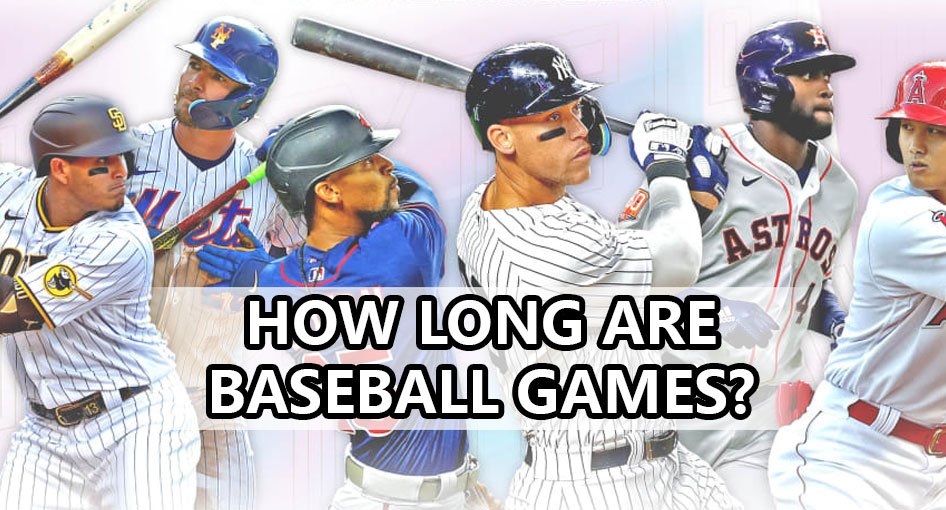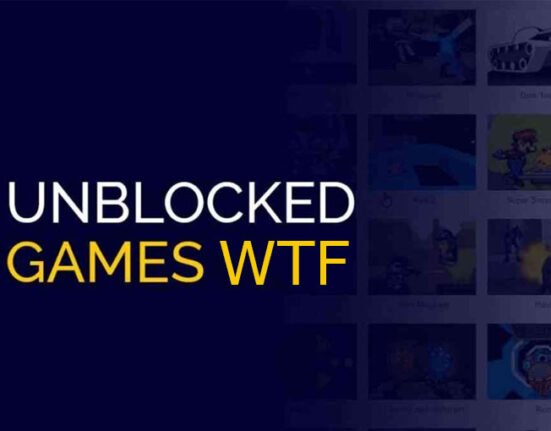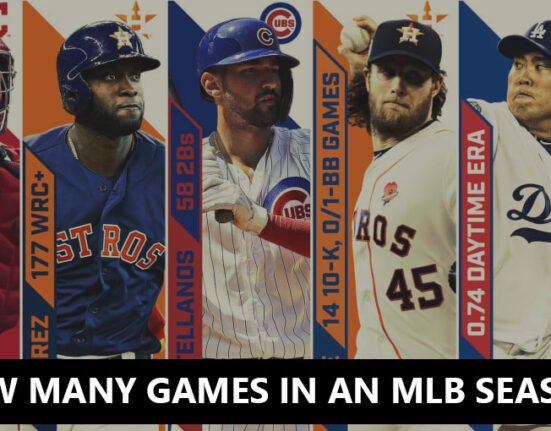Are you wondering how long a baseball game lasts? Learn what makes a game longer, how to make it shorter, and how long you should anticipate to spend in the stands on average.
Introduction
Baseball, also referred to as “America’s pastime,” has drawn large audiences for generations with its unique blend of athleticism, talent, and strategy. On the other hand, a lot of people who are unfamiliar with baseball frequently have questions concerning certain fundamentals, such how long games last. To help both baseball enthusiasts and newbies alike understand the different aspects that impact game time, we will address frequently asked questions regarding how long baseball games last in this post and provide answers.
The Structure of a Baseball Game
To determine a baseball game’s length, one must first comprehend its fundamental structure. Nine innings make up a run of the mill Significant Association Baseball (MLB) game, with the home and away groups exchanging places at bat and in the field during every inning. The actual gameplay, the celebrations following the game, and the pre-game rituals are the game’s three main components.
Before-the-Game Customs
A baseball game can last longer than expected because of pre-game customs that take place before the first pitch is thrown. The playing of the national anthem, ceremonial first pitches, and player introductions are some of these customs. These components lengthen the game overall even if they give it a ceremonial and emotional feel.
The Real Play
Teams try to score runs in each of the nine innings that make up a baseball game. The length of an inning depends on factors like runs scored, defensive plays, and pitching changes. Variations in pitching, hits, walks, and strikeouts also affect how long it lasts. The game clock is also affected by play pace. MLB has incorporated timers and mound excursions as part of its pace-of-play strategies to address issues regarding game length. Fans and athletes, however, have different opinions about how beneficial these strategies are.
After-Game Events
The game is not instantly over after the nine innings are completed. The length of the event can be increased by post-game rituals that include player interviews, award presentations, and, occasionally, fireworks or entertainment events. Although these extracurriculars enhance the overall fan experience, they prolong the game beyond the last out.
Context of History
Gaining insight into the historical background of baseball game lengths might help one better understand how the sport’s tempo has changed over time. Baseball games were often played faster in the sport’s early years. There were few hiccups and delays because there were no television broadcasts or immediate replays, two examples of contemporary technologies.
The game’s pace changed as it became more well-known and technology made it possible for it to be covered in greater detail, notably on television. There were more downtime moments introduced by commercial breaks, instant replay reviews, and other factors, which gave the impression that games were getting longer.
Attempts to Handle Game Length
Recognizing the need to address issues regarding the duration of baseball games, MLB has recently launched a number of initiatives. The minor leagues have implemented a pitch clock in an effort to shorten the intervals between pitches, which is one noteworthy development. Although this measure has garnered favorable feedback in many instances, players and fans continue to disagree on it.
A different project aims to restrict the quantity of mound visits that occur throughout a game. MLB seeks to expedite play and maintain a more steady tempo of play by limiting the number of times coaches or catchers may visit the pitcher’s mound. The question of whether these actions can actually drastically reduce game lengths is still up for debate.
How Long is an Average Baseball Game?
Baseball games can vary in length based on a number of variables, such as the teams participating, the level of play, and the game’s flow. A professional baseball game typically lasts three hours. It’s crucial to remember that this is only an average and that, depending on the situation, games may be longer or shorter.
What Factors Influence the Duration of Baseball Games?
A baseball game’s length can be attributed to a number of things. Game length can be influenced by the following important factors:
Pitching Duel vs. High-Scoring Game
A pitching duel that features great performances from the pitchers on both sides may result in a shortened game. The game moves more swiftly when there are fewer runs scored, making it a faster-paced contest.
Conversely, a high-scoring contest that has several hits, home runs, and pitching changes might make the game last longer. Every pitching change and offensive surge adds minutes to the total.
Extra Innings
Nine innings are usually played in a baseball game. However, extra innings are played until a winner is established if the score is tied at the end of the ninth inning. A baseball game’s duration can be further extended by extra innings.
Strategic Delays
Teams will occasionally purposefully use delays to throw off their opponent’s rhythm. Pitcher changes, mound visits, and batters exiting the batter’s box can all cause delays. Despite being a component of the game’s strategy, they may lengthen the duration of the game.
Television Commercials and Breaks
There are frequently commercial pauses during professional baseball games for television broadcasts. The length of the game can be increased by extending these intermissions and any promotional events that take place during it, including fan contests.
Conclusion
There are too many variables to ever reliably forecast the duration of a baseball game. Even though a typical expert game lasts three hours, keep in mind that individual games could be shorter or longer. Several factors, including high-scoring games, pitching duelries, extra innings, strategic delays, and weather, can impact the overall duration of a baseball game. Consequently, have all of this in mind the next time you plan on attending a baseball game, and be prepared for an exciting (and maybe draining) experience.
FAQs
In baseball, how many innings does an inning usually last?
- The average time to complete an inning is twenty minutes.
- However, it is essential to keep in mind that scoring plays and substitutions in the pitching staff can lengthen an inning.
Why does overtime occur in some baseball games?
If there is still a tie after the nine regular innings, baseball games can proceed into overtime, often called extra innings. These innings provide teams a chance to break the tie and win. In certain situations, the game might last much longer than the standard three hours.
Which baseball game in history has lasted the longest?
- On May 1, 1920, the longest baseball game in history was played.
- The Boston Braves and Brooklyn Robins game went an incredible eight hours and twenty-six innings.
Are there time restrictions in Major League Baseball?
- Professional baseball does not have a set time restriction for games, in contrast to several other sports.
- Reaching the required number of innings—nine innings for the majority of games—rather than meeting a time limit is the main goal.
Does the length of the game change when it rains?
- It’s true that rain delays may make a baseball game last noticeably longer.
- If bad weather occurs while playing, the game is stopped until the weather gets better.
- When it is judged safe to continue, the game continues where it left off.







Leave feedback about this